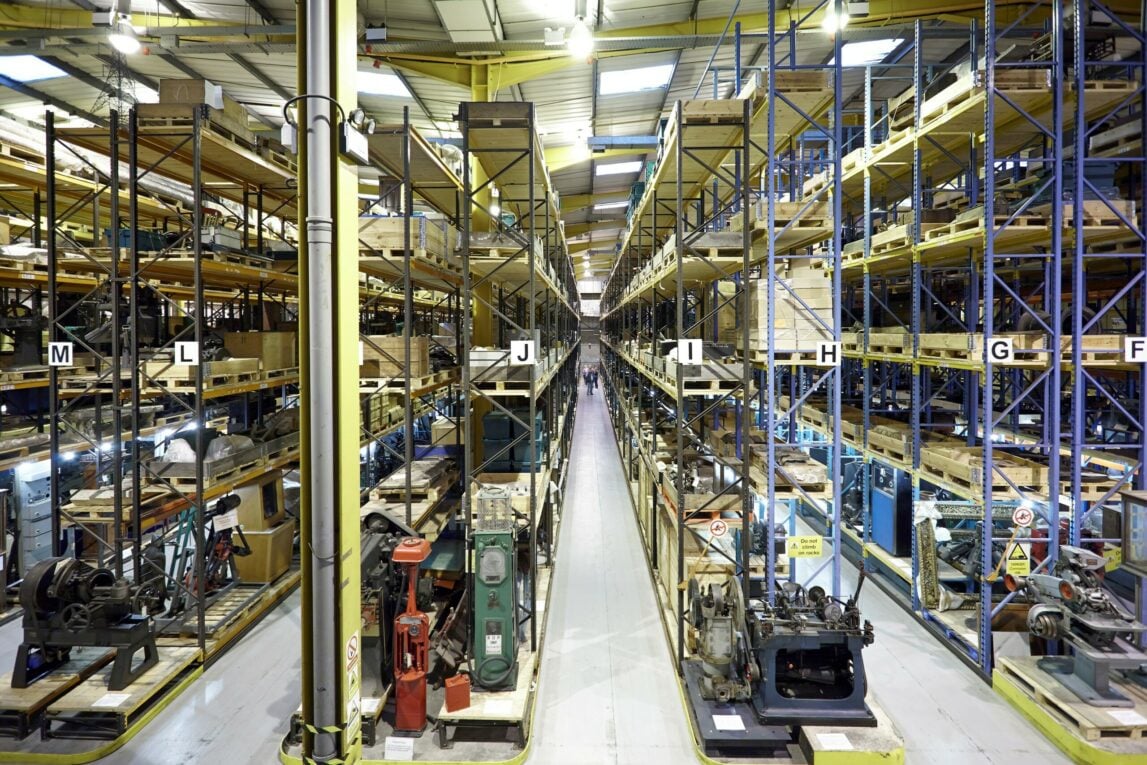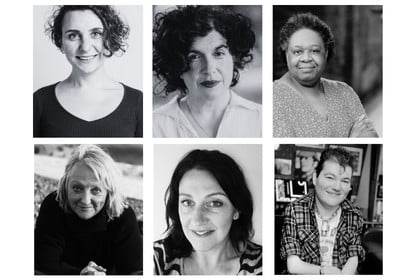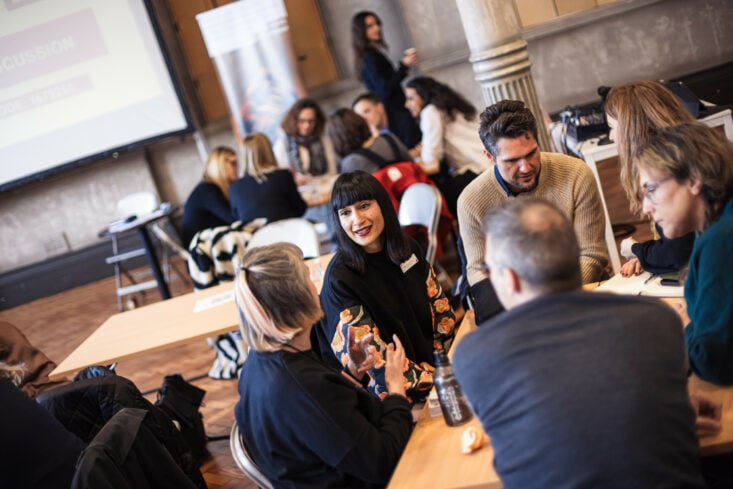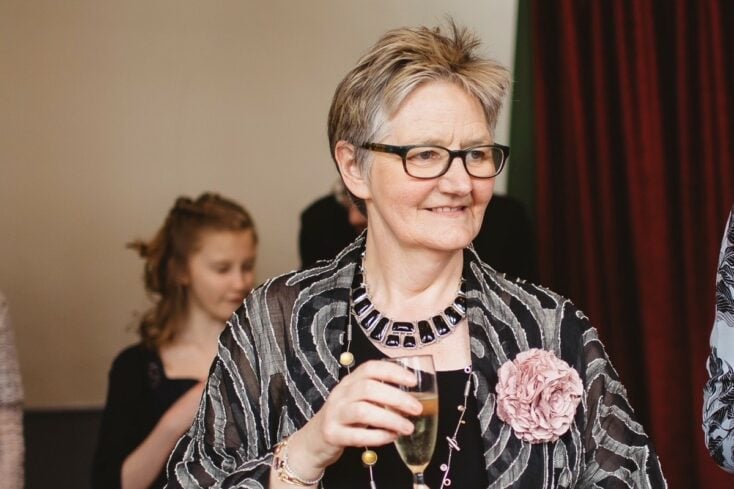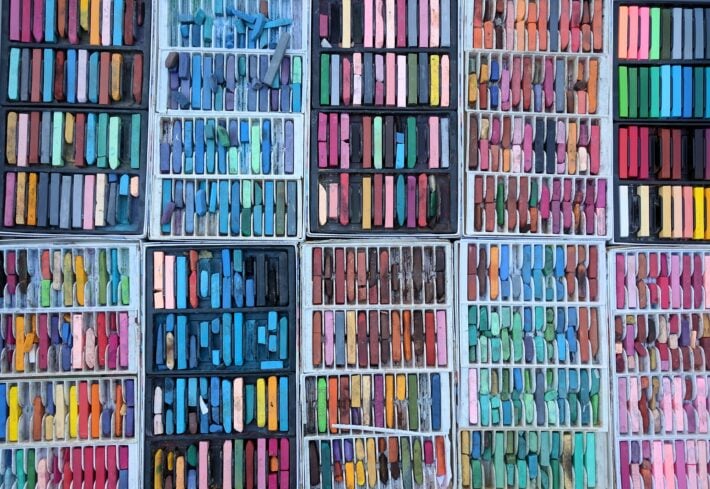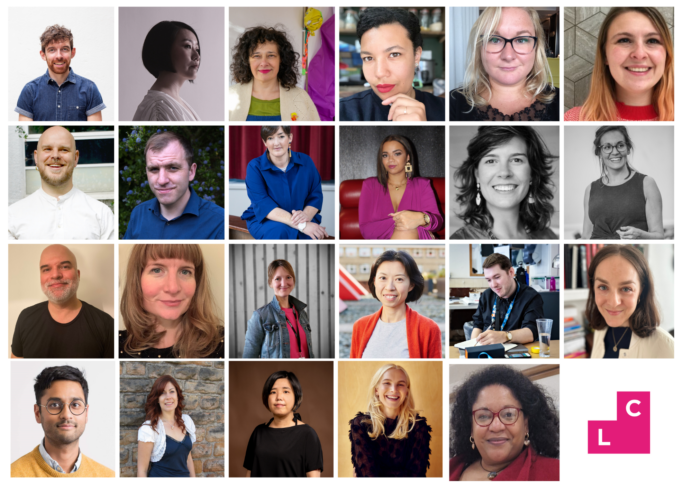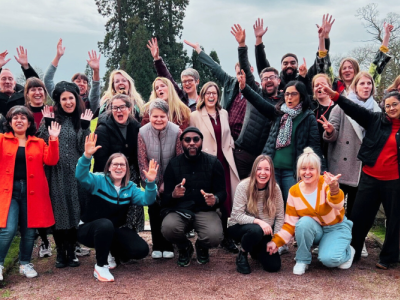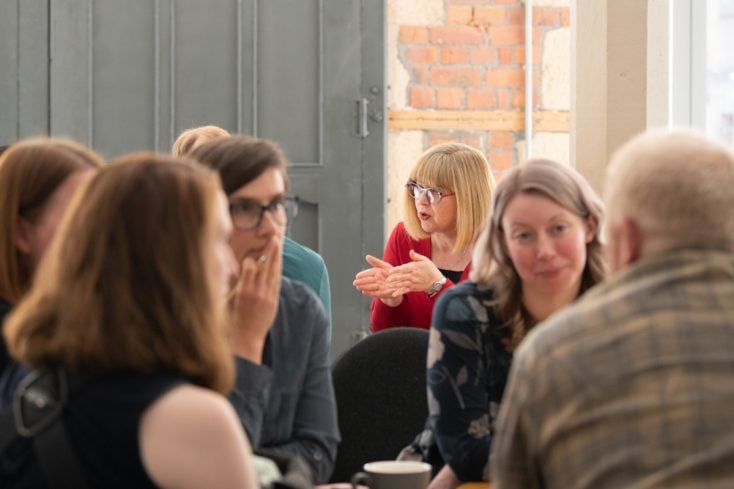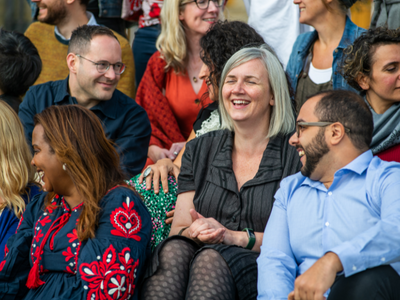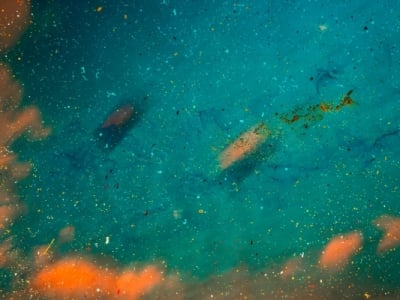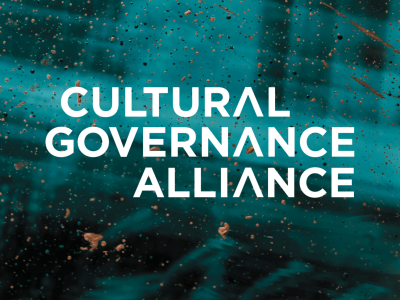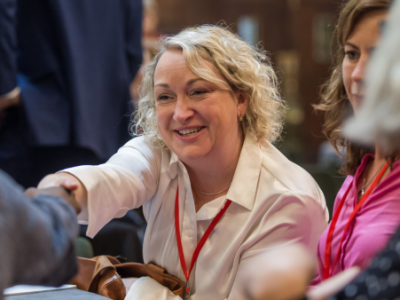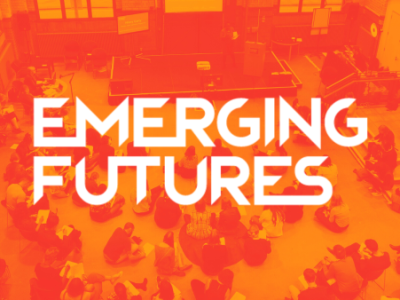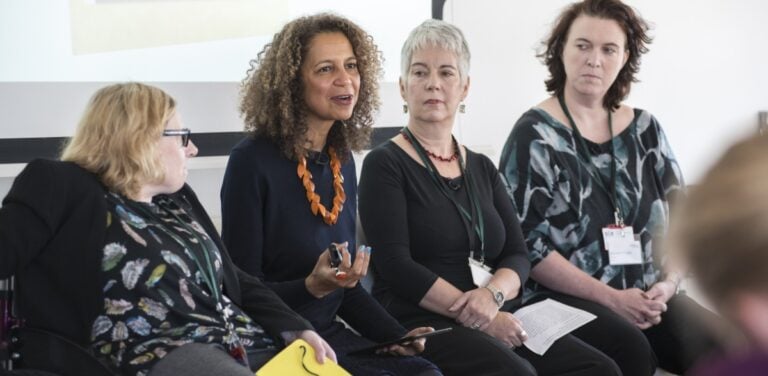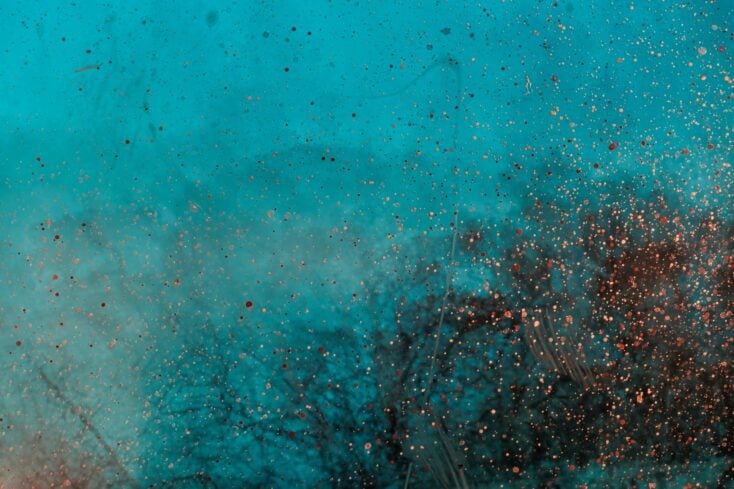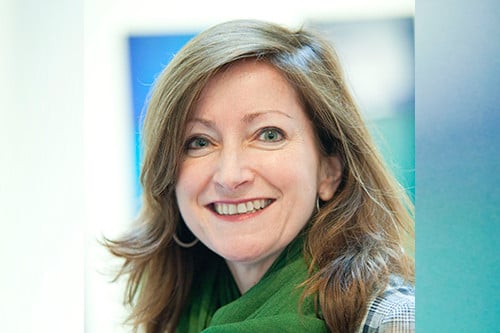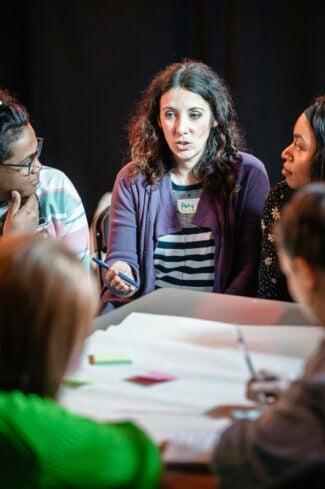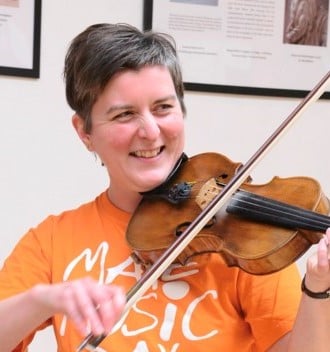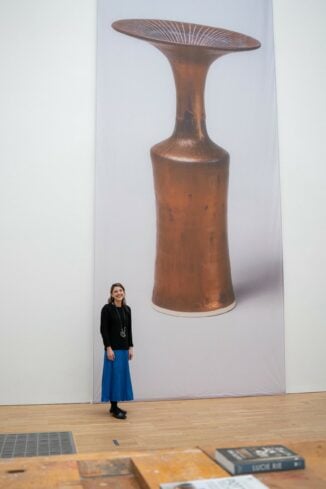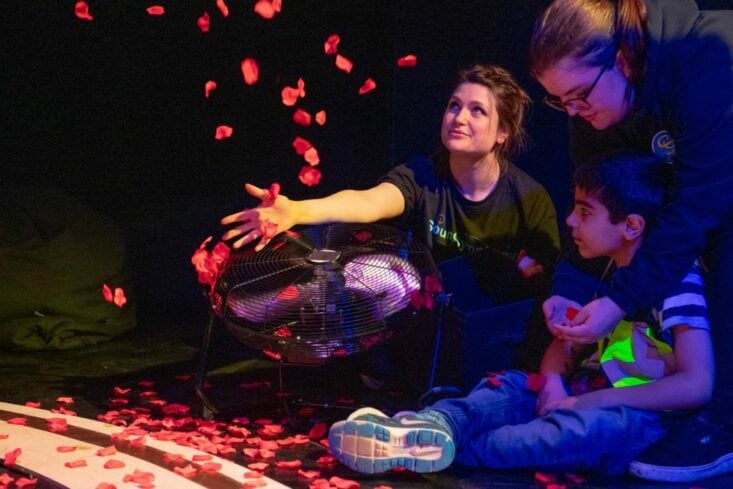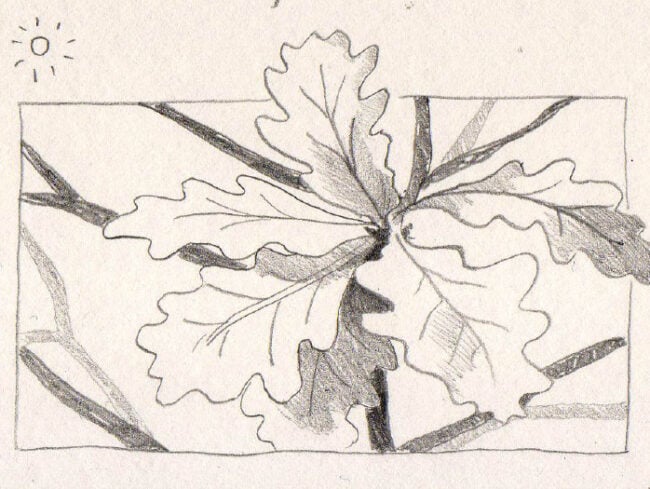Let The Sunshine In: Museum Leadership And The Social Purpose Of Collections
Clore Fellow 2022 Robert Lewis, Collections Care Manager for Birmingham Museum Trust, looks at the value that operational experience and leadership can bring to organisations
Introduction
You are more likely to hold the top job at a UK national collection or major regional museum if you started your career at the BBC, than in an operational role within a museum.
More typically, you will have come from either a subject specialist / curatorial background, or a background in access and engagement. This is as it currently stands, based on the membership of the National Museum Directors Council (NMDC) which represents the leaders (Directors or Chief Executives) of the UK’s national collections and major regional museums[1].
A career path following an operational route, however substantially ‘museumy’ (so for example, Visitor Services, Collections Care, Technical, Facilities) would not get you there. There are exceptions, of a sort: within larger Nationals (where there is a Government appointment) you may find Chief Executives or Directors with operational backgrounds. But that’ll be in the context of an Amazon storage facility, rather than a museum one
For balance, the Museums Association estimates that there are around 2,500 museums in the UK[2]; among that larger number there will doubtless be different career paths. But nonetheless, the NMDC membership tells a certain story.
I recognise that leadership is not practiced only by those in leadership roles; my Clore Fellowship has been as someone who leads from the middle. However, I question if the uniformity of museum leadership impacts on the role of museums, valuing exhibitions and other public-facing outputs over the collection as a whole; what we often call ‘reserve’ collections are seen as a problem to solve rather than a resource.
Museum Structures
Museums (which sit alongside prisons as products of the Enlightenment[3]) are often institutional and hierarchical. The tendency, broadly, is for a senior leadership team, led by a single overall central figure – Chief Executive, Director etc (my own institution, Birmingham Museums Trust, bucks the trend with the recent appointment of two co-CEOs).
This Fellowship gave me exposure to the leadership of arts organisations more widely, though I was drawn to those centred on performance, being most distinct to what I was used to. That Chief Exec or Director role is matched most closely by the role of Artistic Director, but may be complemented by an Executive Director. At least one organisation, English National Ballet, has a COO role in addition to the Artistic and Executive Directors. There is a place for operational leadership here, if not on par with artistic direction.
Museums don’t generally progress those from operational roles into formal leadership roles. It goes to the history of museums: the British Museum historically had curators who led their own departments, with dedicated technical teams taking instruction from them, in a subservient way. The subordinate positioning of operational roles in museum structures remains standard. So as career progression is largely funnelled through consistent hierarchies, the progression routes generally ensure the same professions are positioned to move into leadership positions; the aspirational limit for those in operational roles is likely to be Head of Department or similar.
Continuing the adherence to consistent hierarchical structures that centralise authority within a singular figure who is elevated to that position from a narrow range of career paths, makes it understandable that museums are slow to change. Paraphrasing Einstein, we keep doing the same thing the same way, and are then surprised by a lack of change. I’m not saying this as someone who, for my own operational background, feels locked out; I’m saying at as someone who from that operational role sees potential for change.
Opening Up
Change is slow. Museums are conservative, risk-averse, and often think, borrowing from Stephen Covey[4], in terms of scarcity rather than abundance, preoccupied – albeit justifiably – by limited resources and funding. But there is genuine abundance in the collections we hold, with a typical 3% on display, and the rest in store. Birmingham Museums Trust is no exception, with a collection of over one million objects, the majority of which are in a warehouse with some but limited public access. That abundance is a resource, a source of cultural capital that can be leveraged. However, its utility is often limited to exhibitions and other programming.
Focusing the energies and resources of the museum primarily on formal programming uses only a small proportion of its abundance; participation is often also limited to these limited, defined activities. If we could move toward a holistic approach that offers participation through the full management, care and use of a collection, it could unleash much more of the potential of that abundance. It could also lift the veil on the operation of the museum and create a more porous boundary between museum and community. It could allow the communities we serve to define what the museum is for them. And it could re-centre the social purpose of the museum to being the social purpose of the collection.
Doing this depends upon the way in which our collections stores are designed and operated so they are accessible, how the organisation is designed so that operational roles can lead independently, and on the way in which the collection is managed and used so gate-keeping – both between museum and community, but also within the museum – is kept in check. It is a strategic choice delivered by a change in operational approach, and depends on the creativity and leadership of those in operational roles. It allows those roles to lead with confidence and independence, leveraging the social purpose of collections.
That is not to say that I believe that the social purpose of collections isn’t being delivered. Museums can do great work. The Esme Fairbairn Collections Fund gives a nice flavour of socially-led work with collections in museums. But I think a distinction needs to be made. These projects often represent the museum making selections of objects with which the community are then invited to participate. I don’t seek to diminish these projects – which are led by people with greater authority on engagement and participation – but I feel there’s a dynamic there around the power and authority of the museum being the one to choose the collections with which the public can engage. There are exceptions. Community-led reviews of collections at Torfaen and Bridport engaged their communities in a different way. But I think we can do more.
The Case for Change
I’m not offering a panacea, but in starting to consider what that change could be, a clumsy analogy to a library might help reflect on the constraints that a museum puts on its collection:
The library is passionate about encouraging reading. But it is almost entirely reference only, and despite having more books than it can count – including a lot of duplicates – makes only a small number of them available. And just to read. At a safe distance. The library does some work with schools and other groups, for which they use photocopies of the originals.
This problem in how we constrain collections goes beyond being an organisational and structural issue that is internal to museums, but rather speaks to the way in which that museum operates because of it, and how it frames and presents itself and its work. If the experience of those in museum leadership comes from a place that is focused on a public-facing output, then how effectively can it grapple with the question of what we do with all the stuff?
As someone who came into the profession feeling connected by objects, I’m driven by involving the community in a more fundamental, holistic and continuous way. In how the museum builds, manages and uses the collection it cares for. In inverting the museum-led approach, and having the community determine how they wish to use the collection, which it is for the museum to support as best it can. And I believe there is a space there that isn’t filled, for those whose roles are the practicalities of the care, management and use of collections to lead through supporting, advocating, and enabling it. Because that isn’t about an exhibition, however impactful, but the existence and utility of the collection as a whole and how it’s used.
An Operational View
It is easy to align operational roles as the opposite to strategic roles, in the same way that management can be contrasted with leadership. The management of collections itself implies routinisation, standardisation and process, rather than placing an emphasis on people. What needs to be integrated into that is a greater involvement of people, so museums can have an impact through the management of collections, rather than collections being managed as a separate internal purpose to the wider social purpose of the museum.
The idea of leadership as change is a challenging one when considering a museum collection, where the aim seems to be to control and limit change as much as possible in the interests of stewardship (despite the fact that for many museum objects, their time outside a museum has been far longer than their time in it). And yet a knee-jerk reaction to anything that may seem unconventional is “but conservation!” as short-hand for “we can’t do this for… reasons!”. And yet, independent of museums more broadly, conservation itself has moved to a risk-management approach that recognises value and purpose over preservation for preservation’s own sake. That should be extended, so museums generally move toward a greater degree of discomfort, uncertainty and risk.
It also requires greater visibility and understanding of this work externally; a challenge that technical roles face is the potential for them to be unseen. Often, the success of technical roles is ‘measured’ by having no idea that anything has been done, while noticing the work (because, for example, something has fallen off the wall…) is an indication of failure. It’s what Bruno Latour refers to as “black-boxing”[5] – the more successful technical work is, the more invisible it becomes. It contrasts directly with the obvious and visible work of an exhibition. It’s not surprising that these roles, with their visible, recognisable, and public-facing outcomes, are those reflected at the top of museum leadership. But if we make the work of those in technical roles directly relevant, something that can be actively engaged in, delivering social purpose through it, then it resolves this invisibility. Make the work meaningful and understandable. Create impact.
In Birmingham, shortly before the Fellowship, I started the planning for a ten-year programme to democratise, break-down, and ultimately open up the way we mange, care for and use the collection. It was a driver for my application to the Fellowship. It seeks to shift away from routinised management processes to a more holistic, flexible, dynamic approach and one – critically – that centres people within it, rather than process, or data-driven targets. It tries to identify and iterate ways that the core collections work of the museum is something that those outside the museum can actively participate in, in a continuous and joined-up way. It does not seek to replace professional roles with volunteers, but to shift to the professional roles being the experts who create and co-ordinate opportunities for engagement while owning the areas of technical or other complexity.
The work leverages my own technical experience, with a personal need for social impact, and driver of leadership to change something I see as missing. I entered the Fellowship feeling lesser, as someone with an operational background. My Fellowship ends with this provocation as the rejection of that, and my commitment to the counterpoint to it, to the value that operational experience and leadership can bring, and the impact that can have. It may be the answer to what we’re doing with all the stuff.
[1] National Museum Directors Council (2023) Our Members. Available at: https://www.nationalmuseums.org.uk/members/ (Accessed: 27th April 2023)
[2] Museums Association (2023) FAQs. Available at: https://www.museumsassociation.org/about/faqs/ (Accessed: 27th April 2023)
[3] Bennett, T. (1995) The Birth of the Museum Routledge
[4] Covey, S.R. (2020) The 7 Habits of Highly Effective People Simon & Schuster
[5] Latour, B. (1999) Pandora’s hope: essays on the reality of science studies. Harvard University Press
About the author
Rob (he/him) grew up wanting to be a chef. Then a writer. Briefly, a translator. He settled on archaeology. All were basically ways to engage with culture and to feel connected. Having trained in conservation he worked in commercial archaeology before moving to museums, where he worked at the level of galleries, then buildings, and now a multi-site organisation. He is currently the Collections Care Manager at Birmingham Museum Trust, where he leads the conservation and collections teams, and the Museum Collection Centre, a building he is constantly trying to make more accessible and useful.
